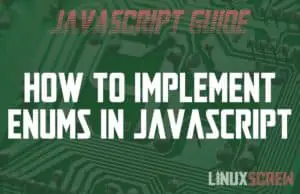Home »
10 Fun Python Projects for Beginners – Kids and Adults
Here are 10 projects to get you started learning the Python programming language. Not a newbie? Check them out anyway for some Saturday afternoon project ideas. If you’re trying to learn something new, making it fun can be a big help. Being engaged in a project means you remember why you did something the way you did and helps to make you more confident when using the same tools again. Bonus if you get creative and start adding your own touches – it’s the best way to … Read more



![Generate Random Numbers and Strings in JavaScript [Examples] 3 Javascript Random String Number](https://cd.linuxscrew.com/wp-content/uploads/2021/07/javascript-random-string-number-feature-300x194.jpg)



![Encode Strings with PHP urlencode/rawurlencode [Examples] 7 PHP urlencode()](https://cd.linuxscrew.com/wp-content/uploads/2021/07/php-urlencode-feature-300x194.jpg)
![How To Run Commands in the Background [Linux/Ubuntu] 8 Linux Ubuntu Run Command in Background](https://cd.linuxscrew.com/wp-content/uploads/2021/07/linux-run-command-in-background-feature-300x194.jpg)

